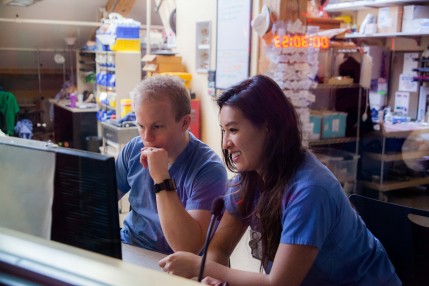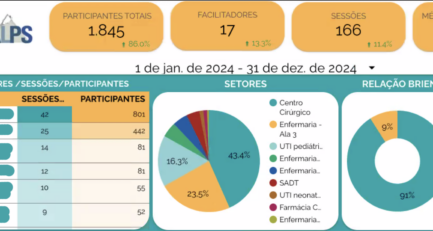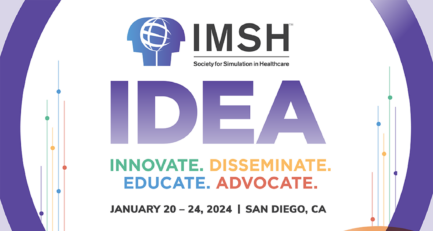Crystal Tan is a resident in Anesthesia at the Massachusetts General Hospital in Boston, MA. She spent the month of February at the Center for Medical Simulation on an elective rotation. The goal of the rotation program is to expose residents to the potential and operational use of simulation for education, clinical training and research. Over the course of the month, residents develop simulation scenarios including patient records, plot, setup, debriefing notes, and references.
“Have you ever wondered what happens behind the two-way mirror at a simulation center?
After spending a month at CMS, I can answer that question: wigs and fake blood, occasional burning smells, wonderful people dedicated to the art and theory of simulation, a willingness to roll with the punches and improvise, a philosophical approach to andragogy (a word I learned with Tony Dancel that means “adult education”), and a comically improbable amount of orange Tang.
I had a remarkable experience during my rotation. I learned about the technical ins and outs of staging simulations including setting up realistic scenarios, playing different operating room characters, and programming mannequins to have plummeting bradycardia or STEMIs. Through this supporting role, I watched (and sometimes helped) different groups of participants code a patient three times a day, three times a week. If repetition is the key to success, then I can’t think of a better way to practice ACLS protocols (not to mention the group dynamics intrinsic to crisis management).
A major component of the simulation experience is debriefing. After a simulation is completed, the team is given a chance to breathe, release their emotions, discuss the gritty details of the case, and perhaps learn something new. These sessions are run by debriefers trained to probe a participant’s thoughts with sincere interest and without judgment. I learned to set aside my preconceived notions as I observed and occasionally participated in these sessions. After each debriefing, I never doubted that each participant gave their full effort, and I believe each one walked away with at least one clinical or behavioral lesson they could incorporate into their practice.
The world of simulation is much larger than I realized; the depth of research, international collaboration, and even safety within simulation is incredible. Moreover, lessons from simulation are relevant not just in clinical practice but also in day-to-day life; if we could all set aside our assumptions and listen without judging, then we might all accomplish more.”
–Crystal Tan, MD


